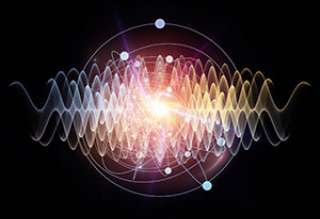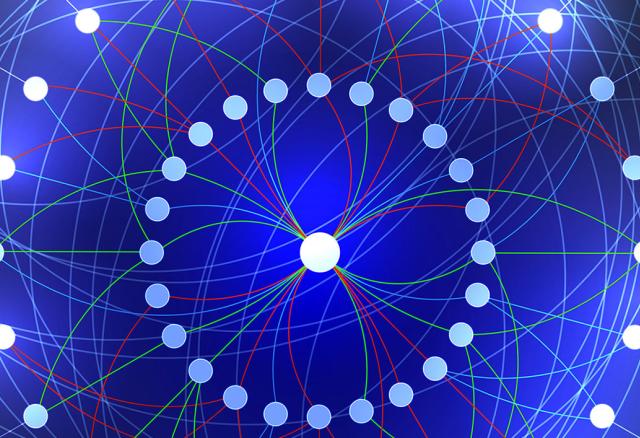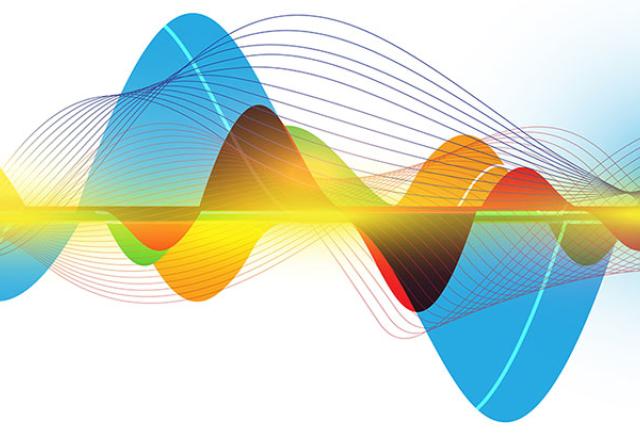A Deep Primal-Dual Proximal Network for Image Restoration
Image restoration remains a challenging task in image processing. Numerous methods tackle this problem, which is often solved by minimizing a nonsmooth penalized co-log-likelihood function. Although the solution is easily interpretable with theoretic guarantees, its estimation relies on an optimization process that can take time. Considering the research effort in deep learning for image classification and segmentation, this class of methods offers a serious alternative to perform image restoration but stays challenging to solve inverse problems.





